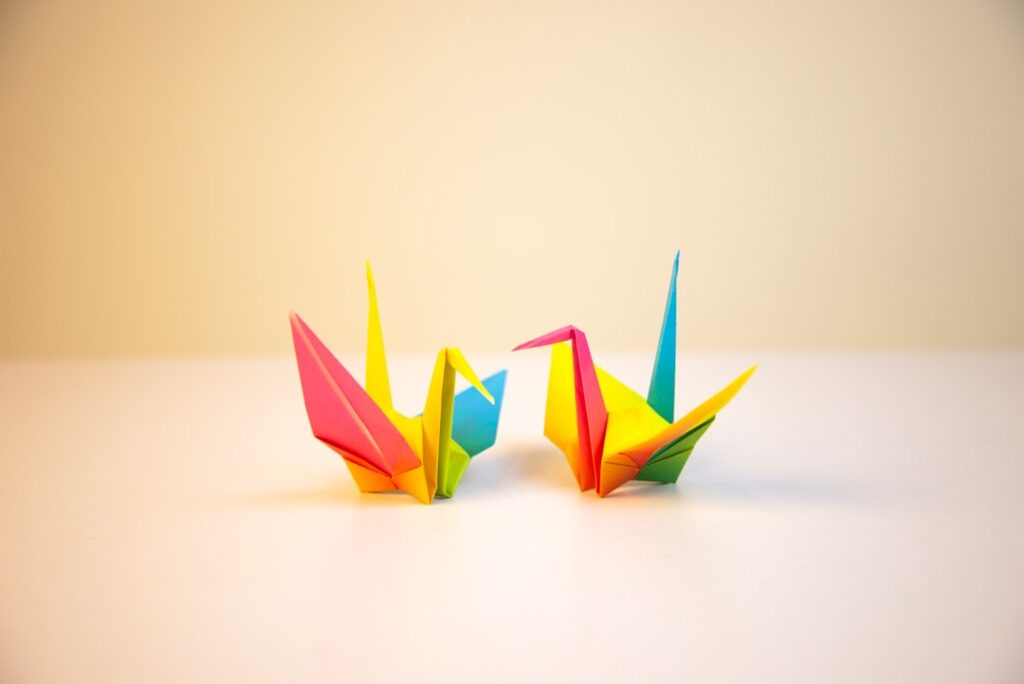Introduction: Origami as a Therapeutic Practice
Origami, the traditional Japanese art of paper folding, has transcended its cultural origins and found its place in the modern world as a therapeutic creative outlet. The practice not only offers a delightful way to create intricate paper designs but also serves as a mental health booster and a catalyst for creativity. Incorporating origami into your daily routine can be a simple yet powerful strategy to improve your overall well-being.
The Impact of Origami on Mental Health
Origami can serve as an effective form of art therapy, providing numerous mental health benefits. It has been found to reduce stress, improve focus, and enhance relaxation. The process of folding paper into unique shapes requires concentration, which shifts your focus away from anxiety-inducing thoughts and towards the task at hand. This shift can alleviate feelings of stress and anxiety. The repetitive nature of folding can also induce a meditative state, promoting calmness and relaxation.
Origami and Cognitive Function
Beyond its calming effects, origami can also stimulate cognitive function and boost brain health. The practice cultivates spatial skills, hand-eye coordination, and fine motor skills. Engaging in origami exercises both the right and left hemispheres of the brain, enhancing problem-solving abilities, mathematical reasoning, and memory. It’s a fun and engaging way to give your brain a healthy workout.
Boosting Creativity through Origami
Creativity often thrives when there are limitations, and origami provides just that: a single sheet of paper with infinite possibilities. This creative constraint challenges the mind to think outside the box and encourages innovative thinking. The practice of origami allows individuals to express their creativity in tangible form, creating a sense of accomplishment and boosting self-esteem.
Incorporating Origami into Your Daily Routine
Incorporating origami into your daily routine can be as simple as dedicating a few minutes each day to the craft. Start with basic folds and shapes, gradually moving on to more complex designs as your skills improve. There are numerous online tutorials and books available for all skill levels. Regular practice can transform this ancient art form into a contemporary tool for enhancing mental wellness and stimulating creativity. A piece of paper, a little time, and your imagination are all you need to embark on this therapeutic journey.

